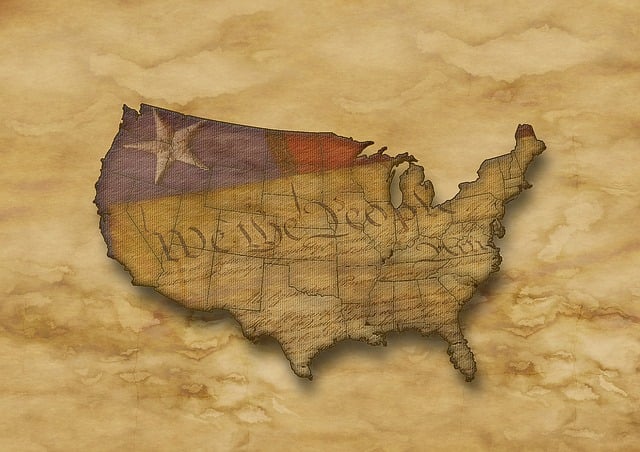
Another Preliminary Injunction in OMB Memorandum (M-25-13) Litigation
03.12.2025 | Linda J. Rosenthal, JD

When charity board members or staff sit around a conference table planning their next fundraising special event, the discussion inevitably turns to how much to charge. When a price is determined, it’s not uncommon, especially in smaller organizations, for someone to recommend that the amount be described in publicity materials or on tickets as a “suggested donation” amount of $X.
In another conference room somewhere else, staff of another nonprofit group make plans to generate needed revenue by installing an e-commerce feature on its website turning a portion of the website into an e-store, selling merchandise to supporters and members of the general public. Once again, someone decides to use the phrase “suggested donation”; after all, the reasoning goes, it’s a charitable organization, and perhaps the intention of the buyers in filling out an order form is to help the cause.
That’s not, though, how the government sees it. An offer of merchandise, or admission to an event like a concert or a luncheon, is what it is – something of value to the recipient and not a charitable gift – no matter what language is inserted on the receipt or ticket stub.
The legal concept behind taking a charitable donation deduction is deceptively simple.
Section 170 of the Internal Revenue Code allows deductions for charitable contributions, subject to certain requirements and limitations. To be deductible as a charitable contribution, “a payment to or for the use of” a qualified tax-exempt organization” must be a gift.
To be a gift for such purposes in the present context there must be, among other requirements, a payment of money or transfer of property without adequate consideration. As a general rule, where a transaction involving a payment is in the form of a purchase of an item of value, the presumption arises that no gift has been made for charitable contribution purposes, the presumption being that the payment in such case is the purchase price. Thus, where consideration in the form of admissions or other privileges or benefits is received in connection with payments by patrons of fund-raising affairs of the type in question, the presumption is that the payments are not gifts.
That is to say, if there is any “quid pro quo,” then there is no charitable deduction at all, except in the case that a sale or ticket price is deliberately set higher than the fair market value of the benefit received by the person making the payment. In the latter situation, a portion of the price paid may be tax-deductible.
It is the responsibility of the tax-exempt organization to: (1) make the determination of the fair market value of the benefit received and (2) inform the taxpayer-buyer that either the price of admission or of the merchandise is the standard price for that type of event or product.
The Internal Revenue Service has published guidance on the deductibility (or not) of admission fees or merchandise purchases in various situations. In Revenue Ruling –67-246; 1967-2 C.B. 104, there are 12 examples (that only skim the surface of the variety of situations that can arise). Example 4 specifically addresses the situation involving a “suggested donation.”
Example 4: A receives a brochure soliciting contributions for the support of the M Charity. The brochure states: “As a grateful token of appreciation for your help, the M Charity will send to you your choice of one of the several articles listed below, depending upon the amount of your donation.” The remainder of the brochure is devoted to a catalog-type listing of articles of merchandise with the suggested amount of donation necessary to receive each particular article. There is no evidence of any significant difference between the suggested donation and the fair market value of any such article. The brochure contains the further notation that all donations to M Charity are tax deductible. Payments of the suggested amounts solicited by M Charity are not deductible as a charitable contribution. Under the circumstances, the amounts solicited as “donations” are simply the purchase prices of the articles listed in the brochure. (emph. added)
The guidance in Revenue Ruling 67-246, along with expanded advice in Revenue Procedure 90-12, 1990-1 C.B. 471, is helpful as a starting point on the tricky issues that can arise in connection with the charitable contribution deduction.
